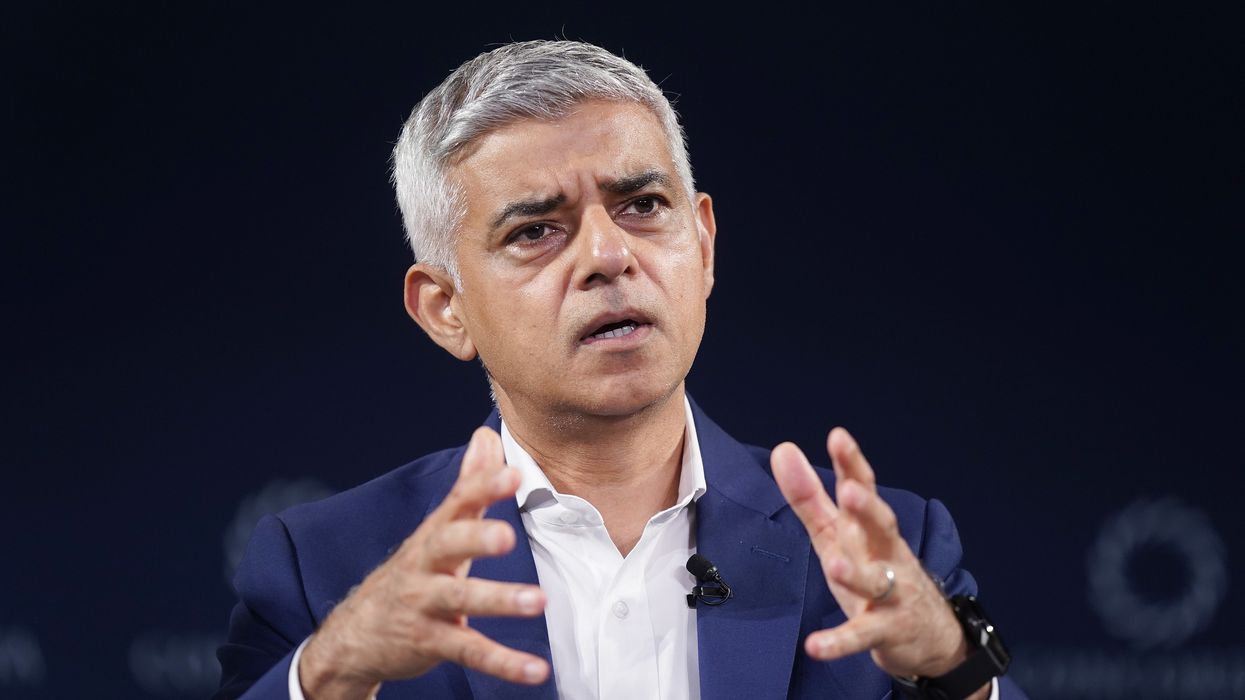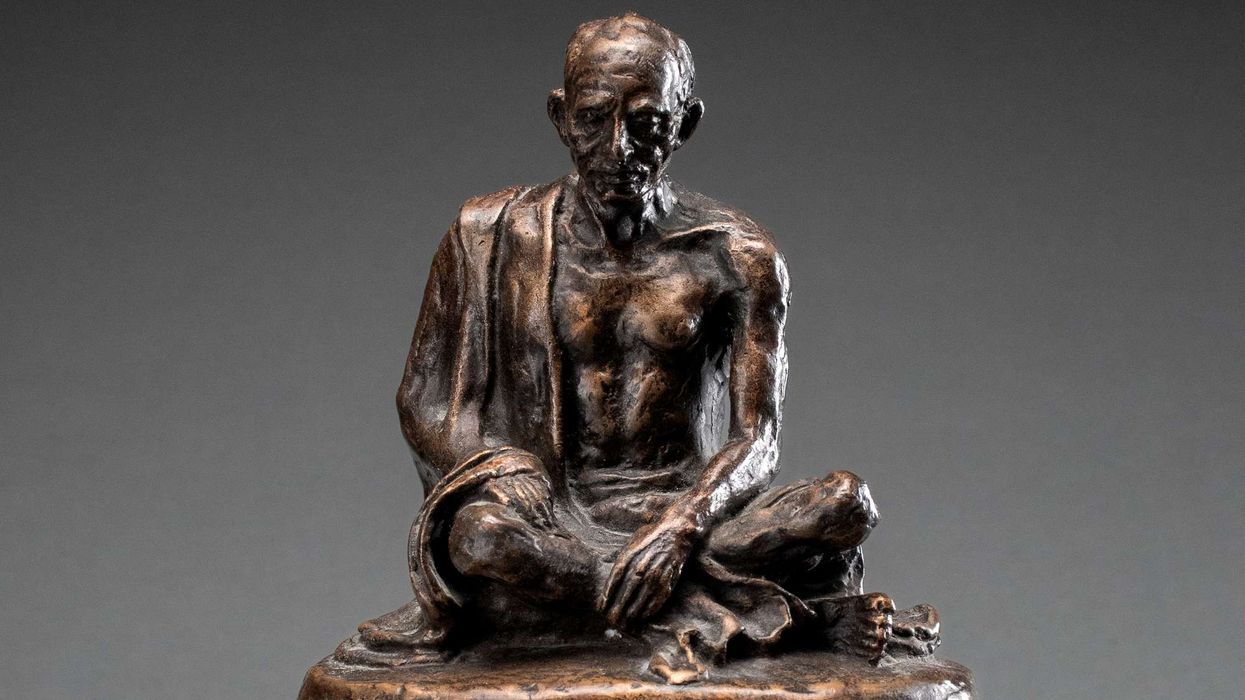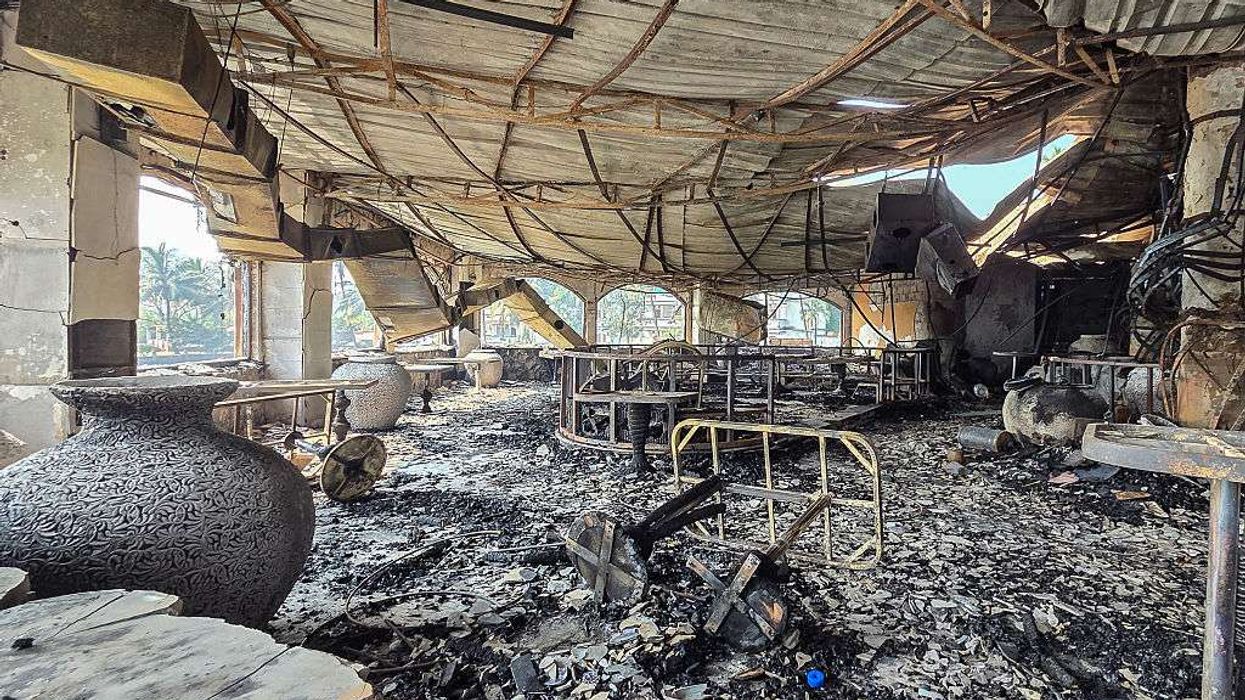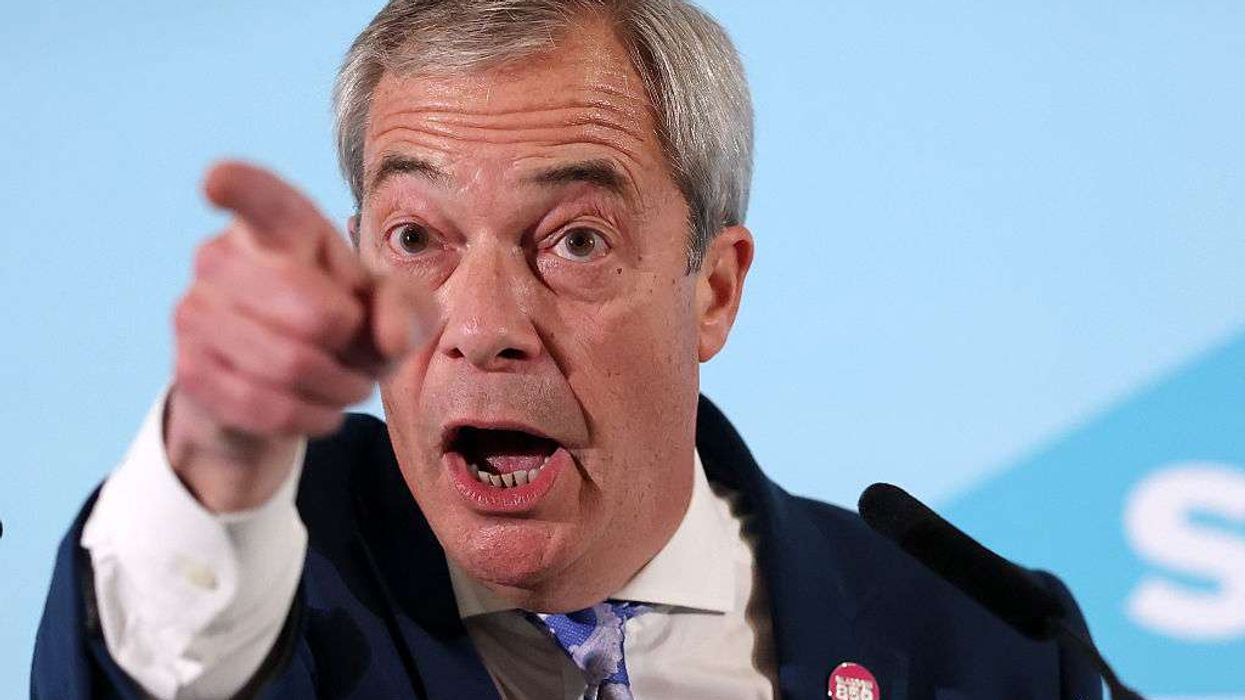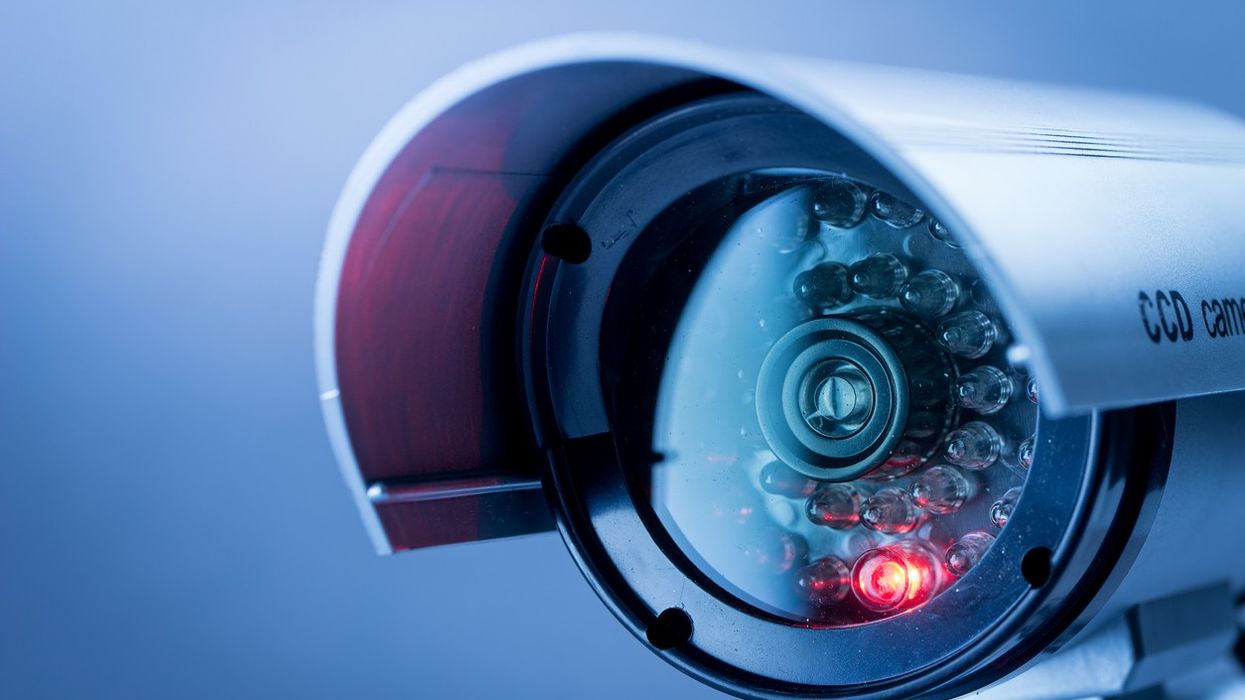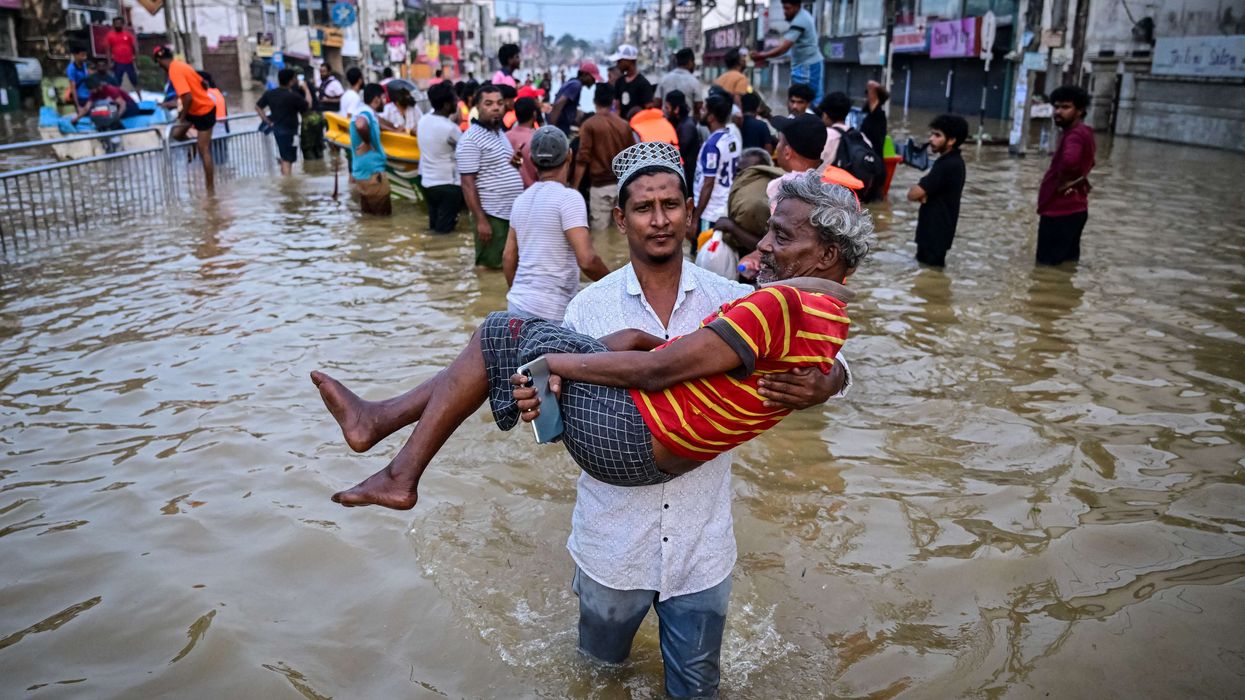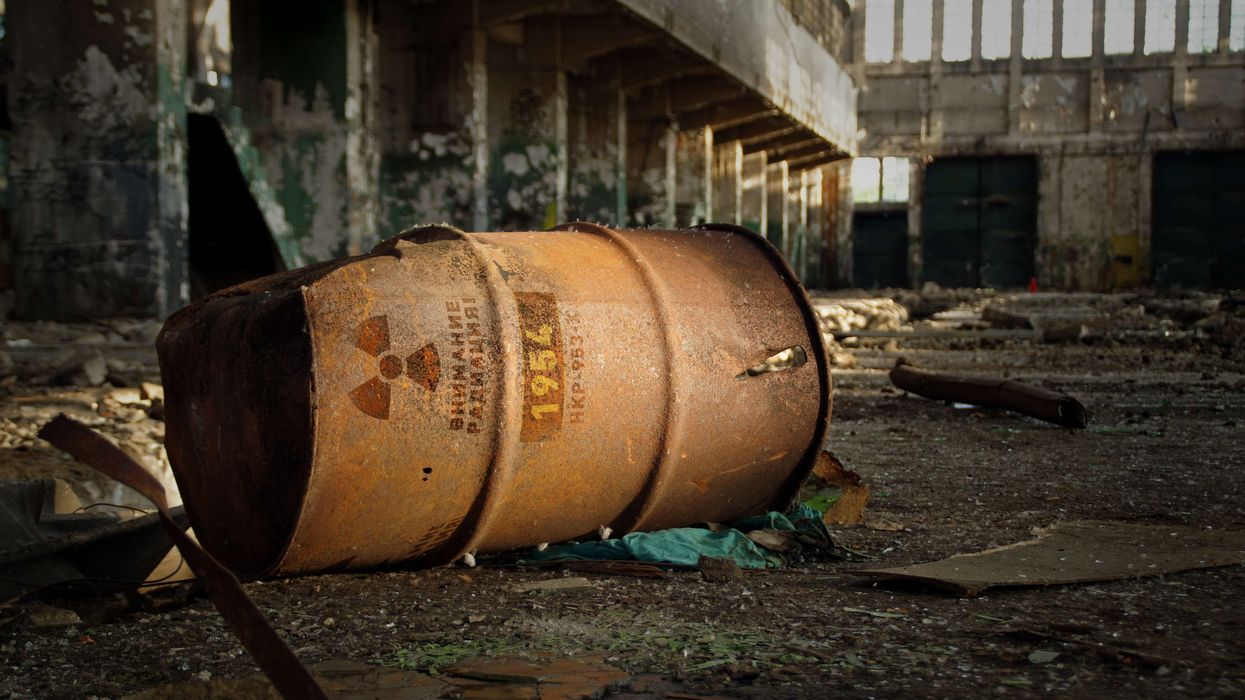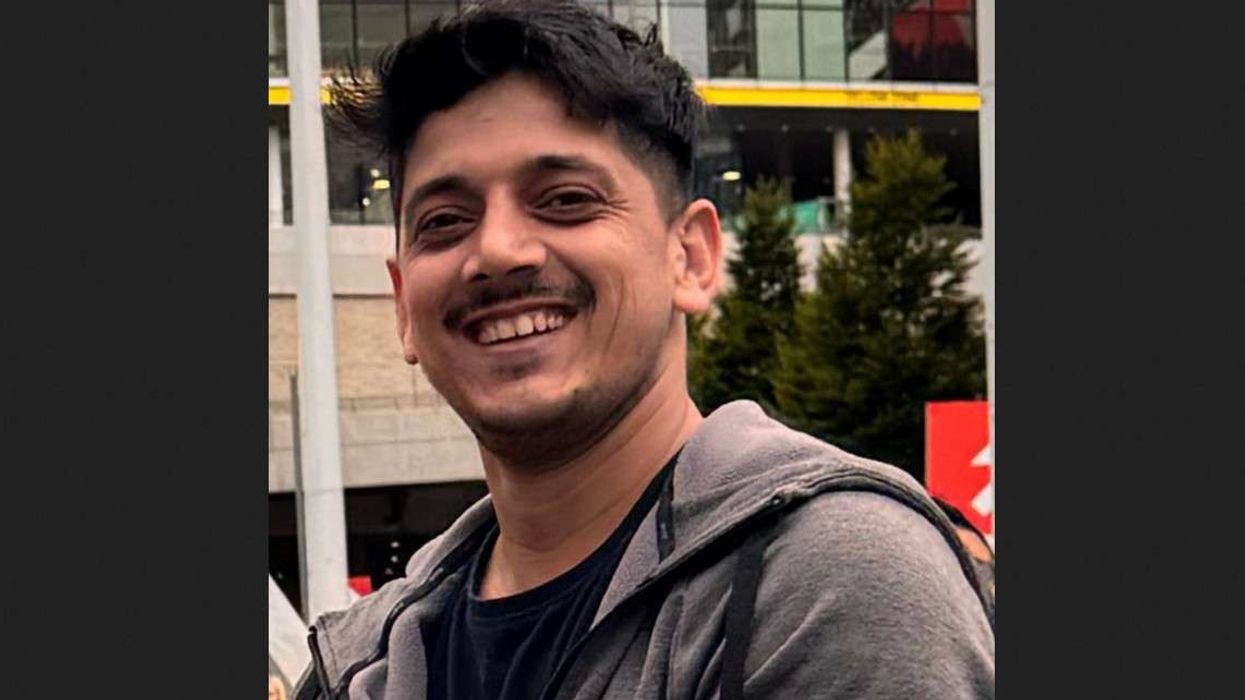GATWICK Airport getting permission to operate a second runway would destroy Heathrow Airport’s arguments for needing an extra runway of their own, Sir Sadiq Khan suggested last Thursday.
The London mayor, who has said he is against any airport expansion due to the UK’s net zero carbon goals, said approval for a second Gatwick runway would represent a “slam dunk” against the rationale for expansion at Heathrow.
A decision on whether to approve the Gatwick project is expected from the government by February 27.
The Sussex airport wants to bring its existing second runway, currently used for taxiing planes and emergencies, into regular use for departures. It says this would involve moving the runway 12 metres north, as it is currently too close to the other runway for simultaneous use.
Heathrow’s plans for a third runway secured parliamentary approval in 2018, but were delayed by legal challenges over the environmental impact, and have officially been paused since the pandemic.
Heathrow CEO Thomas Woldbye recently said, however, that he hopes for a “positive indication” from ministers that the new government would support a third runway at the airport, which would give them the confidence to invest in getting the project off the ground again.
The question about what the Gatwick scheme could mean for Heathrow was raised at Mayor’s Question Time by Gareth Roberts, a Liberal Democrat on the London Assembly.
“Gatwick has an application for an additional runway,” said Roberts. “Should this be approved, do you feel that this will fill the need that Heathrow has got for additional capacity which they’re currently vying for?”
The mayor said he was “always careful not to be pitting one airport against the other”, but added: “Clearly, if Gatwick was to – in the hypothetical case – be given permission for a second runway, that makes it a slam dunk against any possibility of a third runway at Heathrow, even if there was a theoretical possibility of a third runway at Heathrow [in the first place].
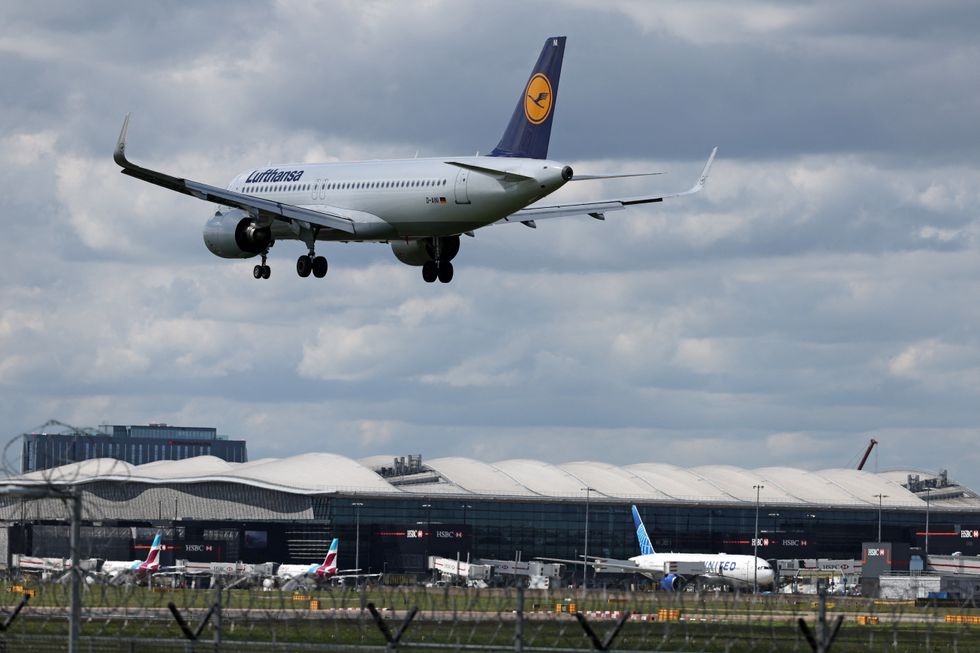
“I think it’s possible to understand the importance of aviation to our economy, but also recognise the crisis we face in terms of climate. You’ll be aware it’s not just climate, it’s also noise and air pollution as well.”
When he first ran for mayor in 2016, Sir Sadiq said he supported a second runway at Gatwick rather than a third at Heathrow. By 2022, however, the mayor adopted a more hostile attitude to airports overall, saying – in response to a question about Gatwick – that he “fail[s] to see how any airport expansion can be justified, being incompatible with achieving the UK’s net zero target”.
Responding to the Sir Sadiq’s comments last Thursday, a Heathrow spokesman said: “Heathrow is the best-connected airport in the world. That competitive advantage for UK plc already enables over £200bn of British trade annually. But growing the economy means adding capacity at the UK’s hub airport which is full.
“That’s why we’re planning to unlock capacity by improving and upgrading our existing infrastructure, while also looking at potential options to deliver a third runway at Heathrow in line with strict tests on carbon, noise and air quality.”
Gatwick has said its own plans will “inject an additional £1bn into the UK economy every year, and create 14,000 jobs across the UK”.
A spokesperson at the Department for Transport told the BBC last month: “We are committed to securing the long-term future of the UK’s aviation sector. But any expansion proposals must demonstrate they contribute to economic growth, which is a foundation of this government’s Plan for Change, while remaining in line with existing environmental obligations.” (Local Democracy Reporting Service)
